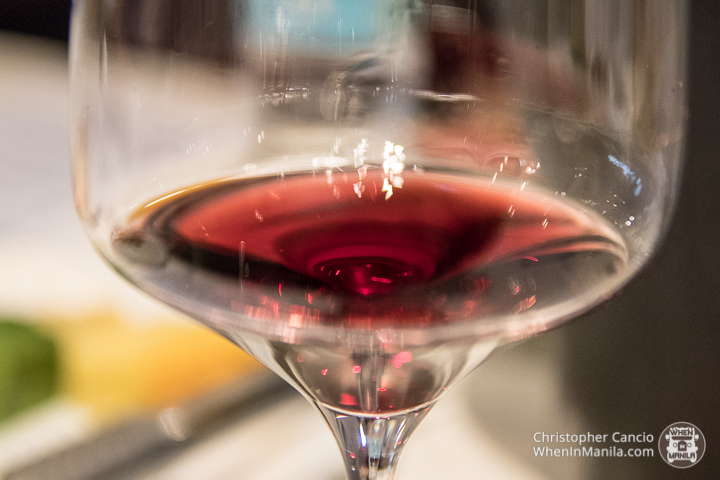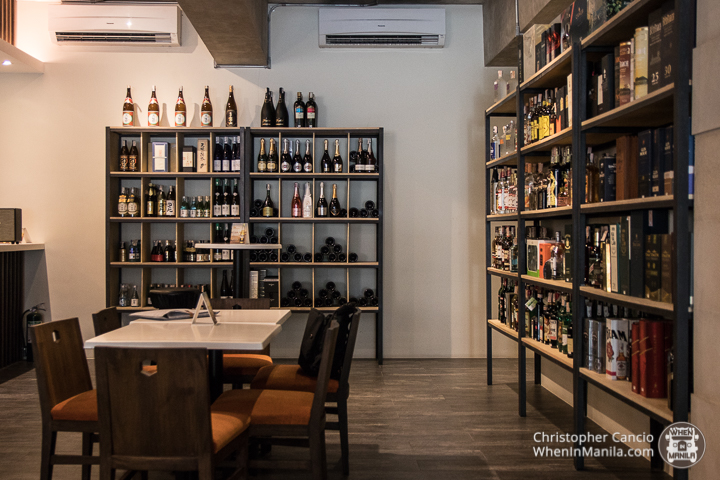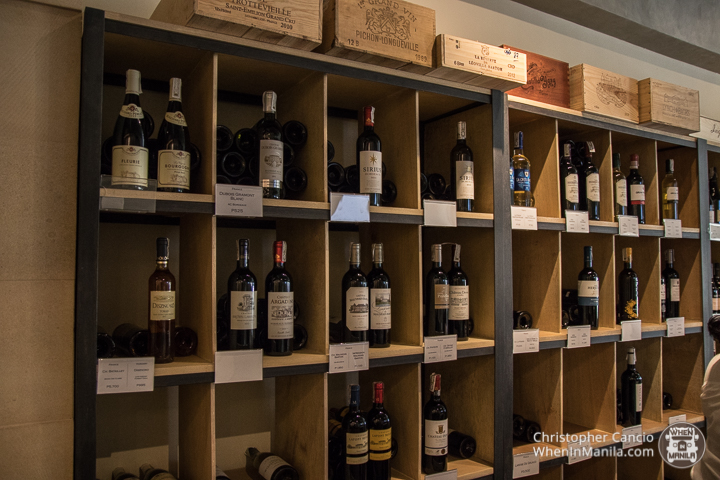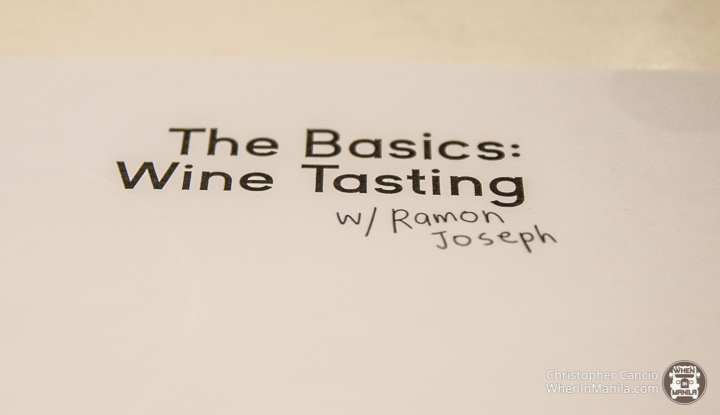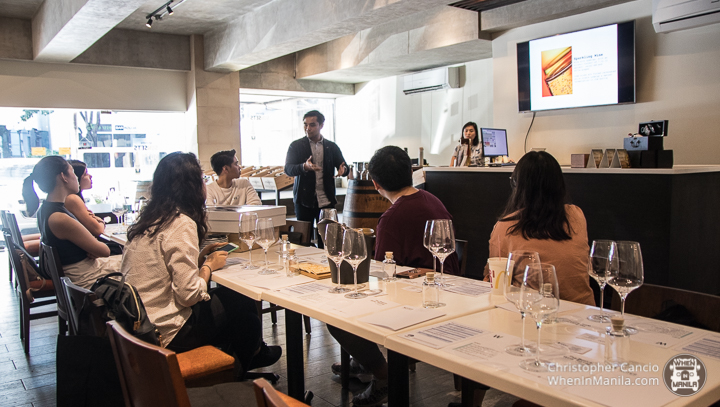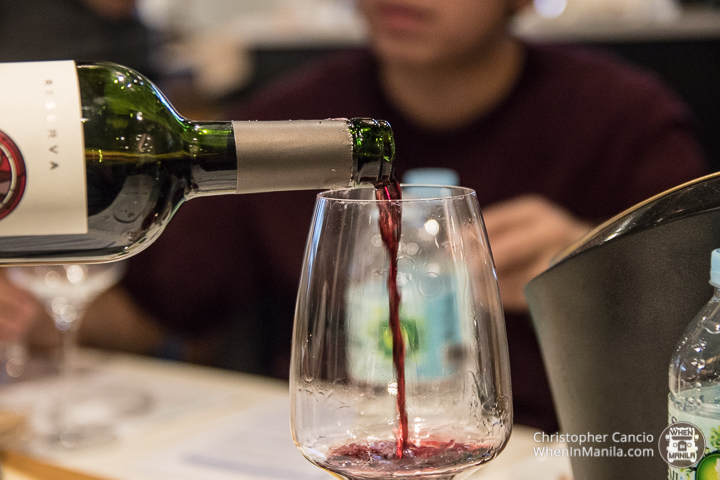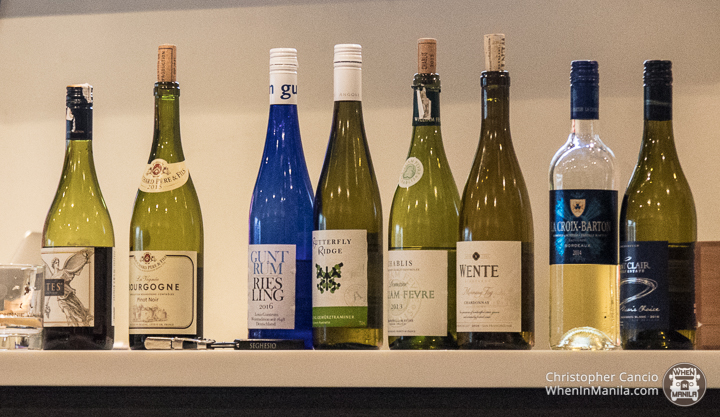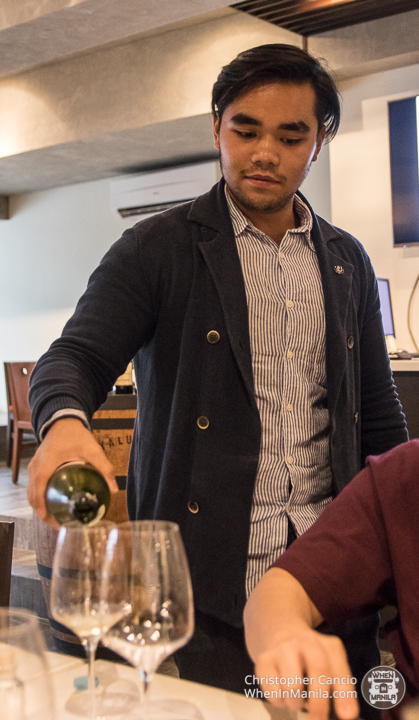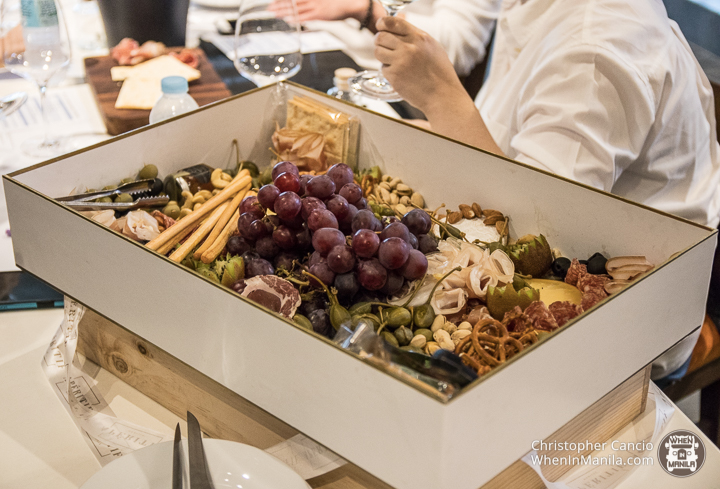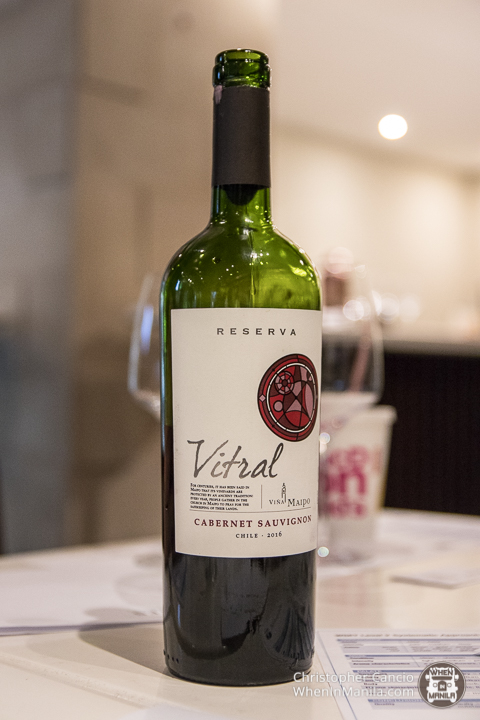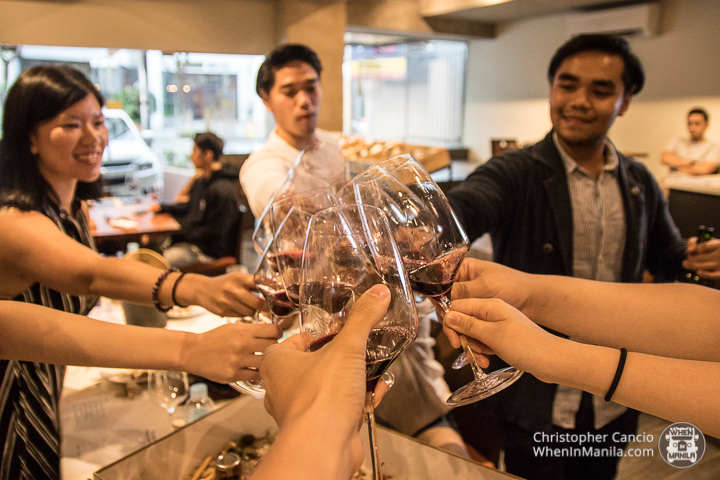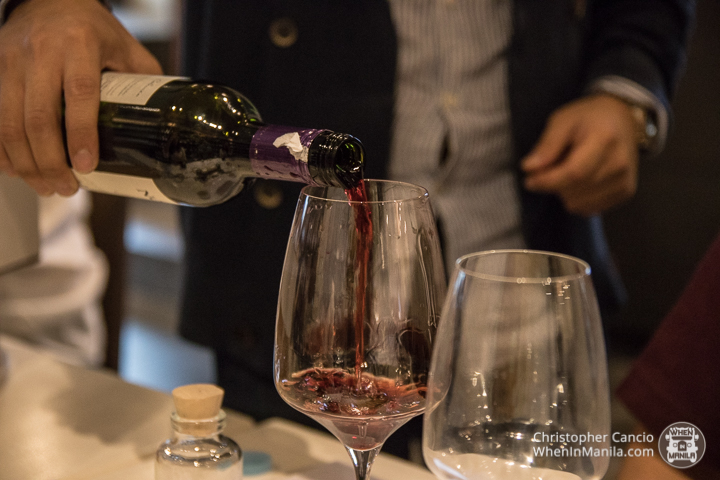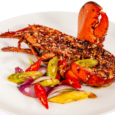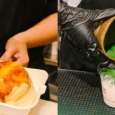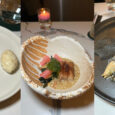Words by: Arielle Choy / Photos by: Christopher Cancio
Like many other people, I love my wine. However, truth be told, I do not really know how to pick out a good bottle of wine by myself. Going to the store and staring at the many types of wine was always just too intimidating for me. All the different kinds of wine really confuse me.
Don’t even get me started with the foreign names like Sauvignon Blanc and Gewürztraminer on the wine labels because I had zero idea of they they meant. To be honest, all I really knew is that wine tastes good and that I like drinking it.
The Workroom MNL is a group dedicated to spreading the love of learning new things. They offer curated workshops headed by experts in different fields to teach people the basics of things like leather crafting and coffee brewing – things that many of us want to learn but aren’t really readily offered as classes.
Last May 12, I had the amazing opportunity to take part in The Workroom MNL’s wine tasting workshop held in Ralph’s Wines and Spirits. Headed by WSET certified wine educator Ramon Joseph, The Basics: Wine Tasting was an enlightening workshop that delved into the many wonders of the world of wine.
The wine tasting workshop not only opened my eyes and gave me more appreciation for wine, but combined with Ramon Joseph’s passion for the art, also inspired me to learn more about wine, in general.
Here are the top 5 things I learned about wine that may surprise you:
5 Things I Learned From My First Wine Tasting Workshop
5. Older wine doesn’t necessarily mean that it’s better.
Contradictory to common belief, older or more mature wines do not necessary taste better than younger wines. Taken from the Old French word vendage, which means “wine harvest,” vintage refers to the year that the grapes used to make the wine were harvested.
The grapes used to make wine are usually only harvested once a year since they take a whole season to become ripe. According to Joseph, some wines actually taste better when they drunk earlier because keeping them for later might change their flavors.
4. Each bottle takes a lot of time and effort to produce.
Wine making is a laborious and time consuming process. First, the grapes are harvested using machines, if not by hand. Afterwards, the harvested grapes are meticulously sorted to make sure only the best grapes are turned into wine. The grapes are then crushed or pressed to extract their juice.
Unlike in the process of making white wine, the skin of the grapes are left on with the juice in red wine to give it its distinct color and flavor. Perhaps the longest step in the winemaking process, the grape juice then undergoes fermentation, which could last anywhere from 10 days to even more than a month.
After going through a process of filtration, which removes unwanted sediments, the wine is then either bottled to be sold in stores or sent through an additional optional maturing process. With all of the work that goes in producing quality wine, it is no surprise that some wines can be a bit on the pricey side.
3. There are a lot of terms involved in wine tasting.
When describing the taste of wine, experts often throw around a lot of fancy words. Since most average people do not understand wine jargon, here are some of the most commonly used words and what they mean:
Body: describes the “lightness” or “heaviness” of the wine feels in your mouth
Tannin: a natural antioxidant found in wine that often leaves a dry and bitter taste after swallowing
Balance: states that all the flavors in the wine blend well together and nothing overpowers the others
Finish: describes how long the taste or impression of the wine stays in your mouth after swallowing; can either be short, medium, or long
2. There is a specific order in enjoying wine.
During wine tastings, Ramon Joseph says there is an order that you should always follow to make sure that you enjoy every single glass. According to him, it is better to start with lighter wines before moving on to heavier ones. He also advises to begin with sparkling wines rather than still wines. Lastly, Ramon Joseph recommends going from dry tasting wines to sweet tasting ones.
1. Wine tasting is a process.
Before even taking a sip of the wine, Ramon Joseph notes the importance of checking its appearance first. You can learn a lot about the wine’s maturity, grape variety, and even flavor just by taking a look at its color. The second step to wine tasting is to give it a good smell. According to Ramon Joseph, the smell a glass of wine gives off is a good indicator of its variety and intensity. Lastly, the last step of wine tasting is to finally give it a taste. Ramon Joseph says that it is only during this step that the wine finally reveals its true characters and flavors.
You can reach Ramon M. Joseph at ramonmjoseph@gmail.com / ramonmjoseph@pwm.com.ph or at (0917) 8442005 / 8698959.
The Workroom MNL
Facebook: https://www.facebook.com/pg/TheWorkroomMNL
(ALSO READ: Discovering the Wines of the Philippines)

